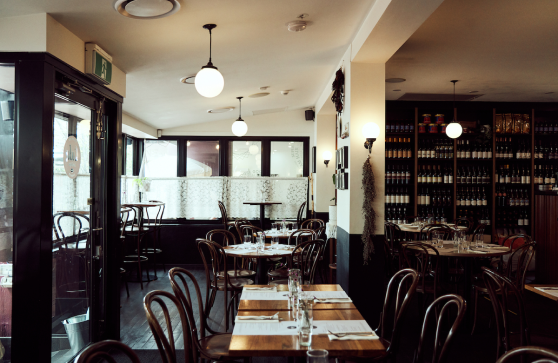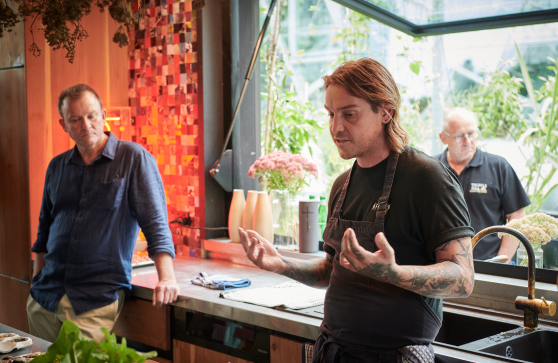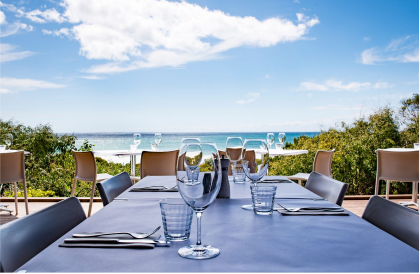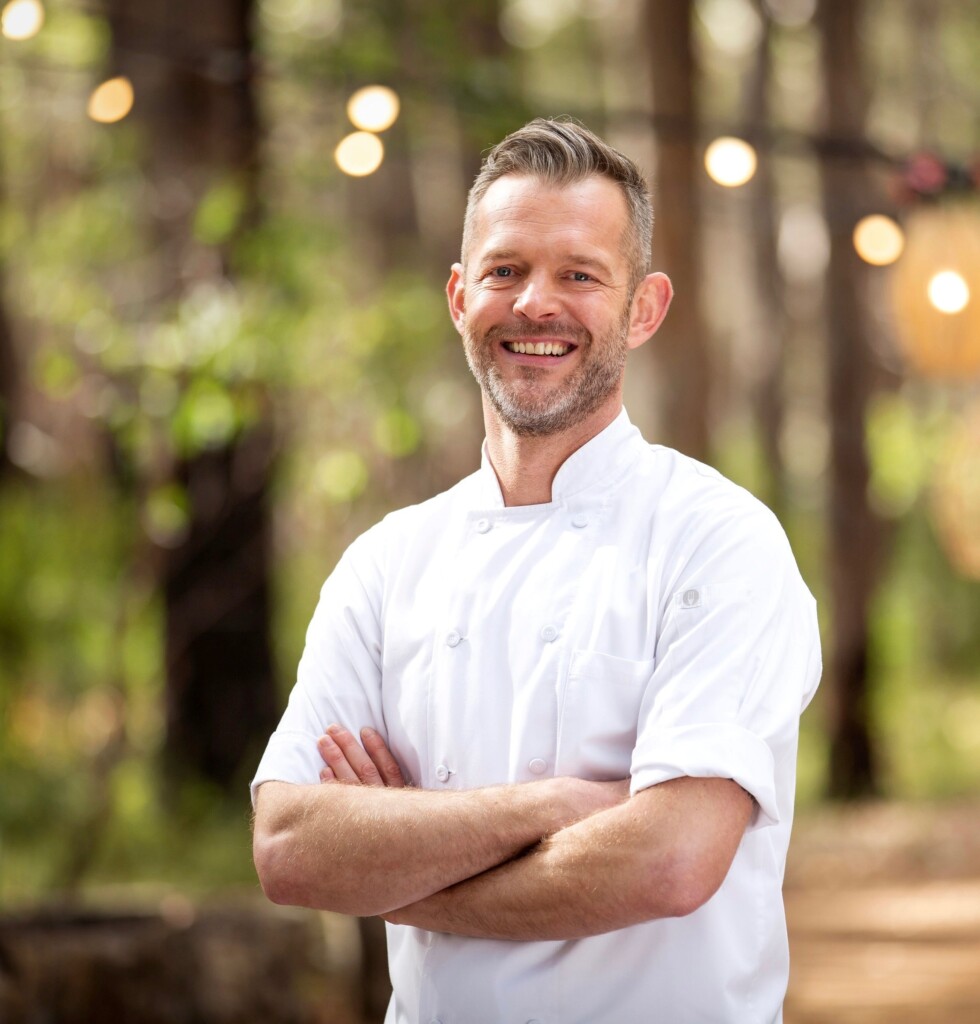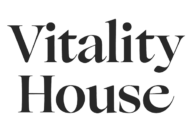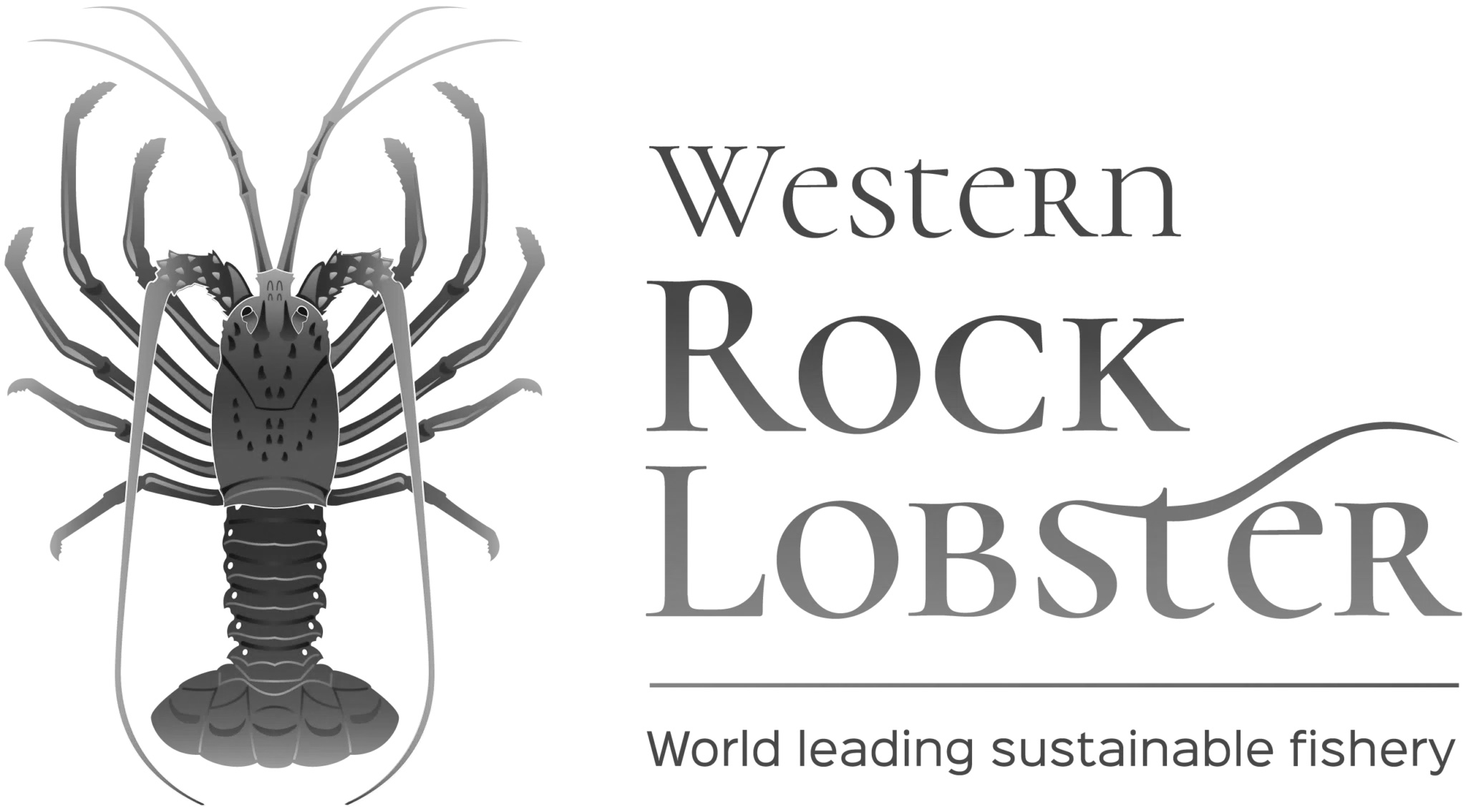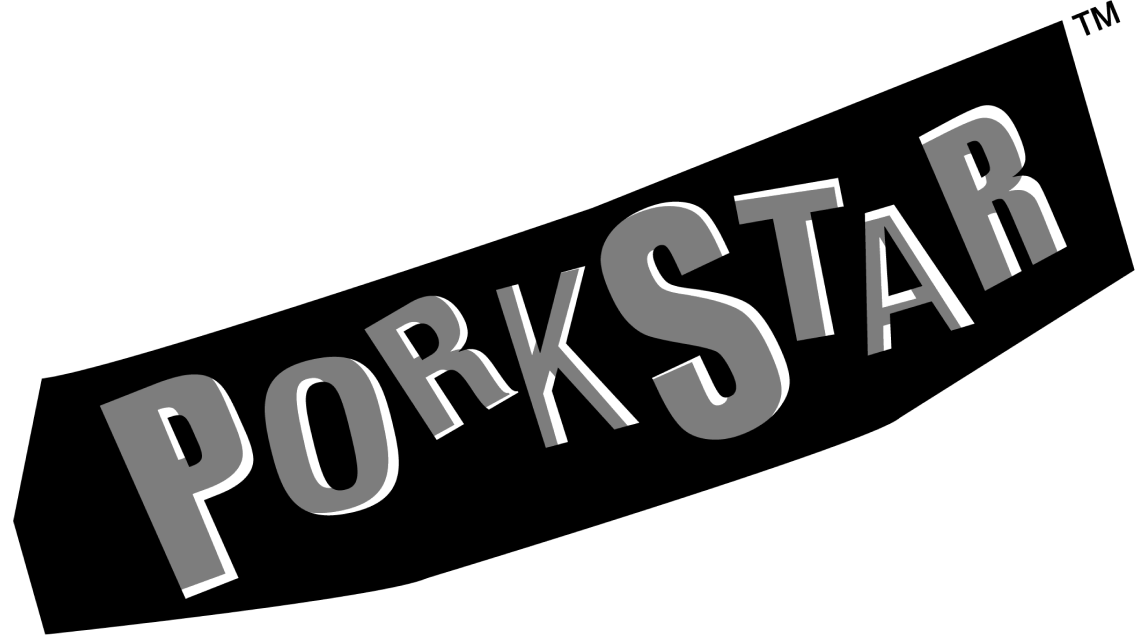While much of the limelight has fallen on the food at Gibney, the not-so-secret weapon is the drinks program. Nina Throsby, our WAGFG 2023 Sommelier of the Year, went deep into her 72-page list and its creation with WAGFG Editor, Max Brearley.
It’s fair to say that the list is an epic, in not just its curation but also the writing that went into it.
There’s a real literary note to the list and it’s over 17,000 words. We really wanted to discuss the idea of what a classic wine was and return to this idea of classics, with essays and such throughout, but in a way that hopefully doesn’t read too much like a textbook – more like a story.
Is there a reason that you went with such a maximalist approach?
I’m a perennially early person, always the first to arrive, and so I’ve always written wine lists for people to read while they wait for their guests. There aren’t that many wine lists written for proper wine nerds. I was worried about people’s reaction to the list and being like, “oh, it’s too wordy, I can’t navigate it.” But the response has actually been really lovely.
Is there something that underpins your approach to the list?
Aaron Commins (KHG operations manager) and I worked pretty closely on it. We were inspired to create a completely producer-empowered list. So, every producer is written up on the list, and each has a blurb about them. Winemakers are listed as are the establishment dates. Many lists are regionally focused or focused on a certain type of wine, but I hadn’t really seen lists that empower producers.
Gibney seems to be a restaurant that is all about the details. Did George Kailis as the restaurateur have a detailed brief for the wine list?
Our relationship is so respectful and I feel so trusted by him to deliver what he wants. It’s his vision. I’m given such amazing autonomy, which I’m always grateful for. George said to me that “the only thing I want is the best Champagne list you can give me.” So, that was the only touchstone.

You seem to have nailed the brief. Talk us through what we can expect.
The first thing we did was decide to pour five Champagnes by the glass. So, we’re pouring Pol Roger, which is our house pour throughout the group, which we love dearly. And then a rosé that’s very dear to my heart, which is the Billecart Salmon brut rosé. We’re pouring Laherte Frères, Blanc de Blancs, which ties into categories of Champagne; your grower and your Blanc de Blancs. We’re pouring the Bollinger PN AYC 18 which is one of their newer takes on Blanc de Noir. So, it’s mainly Pinot Noir based, from a couple of villages and it’s mainly 2018 based. We’re also pouring Laurent-Perrier Grand Siècle. So that gives any punter the idea that they can have all those, by the glass. We then go on to pour three sparkling wines, from around the world. So, that takes care of things that are sparkling but are not Champagne. House of Arras Blanc de Blancs from Tasmania, there’s Ackerman from the Loire Valley, and Martinotti Prosecco.
But that’s not the end, is it?
Other than that, all the sparkling wine that is listed by the bottle is Champagne. The way the list works is that it begins with a fold out of Bollinger and Billecart Salmon. A full page of basically every wine they produce and some multiple vintages. We love these houses because to us they bridge the gap between your smaller grower, artistic vigneron in Champagne, and your iconic Moet, Veuve Clicquot and Dom Perignon. I think these houses perfectly encapsulate that you can take elements from both of those movements in Champagne.
Then it goes on to three grower producers, Paul Déthune, Tristan Hyest and Pascal Agrapart. We’ve chosen three smaller growers to make sure that people can try different things. A lot of our clientele who know us well, know Champagne, so we’re giving them options, a platform to try Champagnes they haven’t seen before.
There’s a third and final installment that is the icons of Champagne: Krug, Dom Pérignon and Cristal. In a venue like Gibney there are plenty of people that want that level of Champagne, and we wanted to paint the full picture. It wasn’t just about I want Champagne to be the focus and thus we shall have 40 different bottles of Dom Pérignon and call it a day. I really wanted to highlight what an important region it is and that every single one of those expressions is valid and not better than the other.

While George Kailis often brings things back to talking about Gibney being very West Australian the list is far from parochial?
It pays homage to our great Australian regions and what they’re doing, but it is a very international list. We tried to have a look at the notion of a classic and what that was. I think we went from quite an old school drinking market [in Perth], where it was very parochial, it was very WA orientated, and we probably didn’t have access to the international wines that we do now. By that I mean like high-end Burgundy, allocations, and all of that. I think Perth was kind of left in the lurch. But I think what Perth did well is explore the esoteric, the weird and the wonderful, and the far stretches of the earth. I think of [the years I developed] my wine knowledge, when I was learning everything in these bars that stocked wine from Georgia, crazy wines from Italy, and that was lovely to learn. But I think in that pursuit, we might have lost some classic old school lists that might look at say Sancerre, old school Alsatian Rieslings and some equally old school Australian wines. It’s the first time we’ve stocked Penfolds in the company, but now there’s a page about them and the importance Penfolds holds in the Australian wine context.
The rest of the list really looked at producers that have defined regions and elevated places, and then just because we didn’t want the list to look stagnant it’s also looking at who is defining now and who we’re going to look to in 5 or 10 or 20 years down the track. Producers that are not so old school, but they’re in the trenches defining these regions. A good example is that we’ve got Grosset, obviously very well-known for Clare Valley Riesling, but just underneath that we’ve got John and Belinda Hughes and their Rieslingfreak project which really says it in the name. That’s all they do and so I think that’s a producer that we’ll look to pretty quickly as also establishing that classic namesake.
Is there a wine or a producer on the list that means the most to you?
Instead of a certain wine or a certain producer, I think the most exciting thing has been to see the reaction of those on the list. So, we’ve had producers come into the venue, and for them to see their names and the write up, maybe with their family or with their significant other. I think watching your words and your creations actually have an impact on people, really feeling it, and going “oh my gosh,” is a pretty privileged experience to have.
